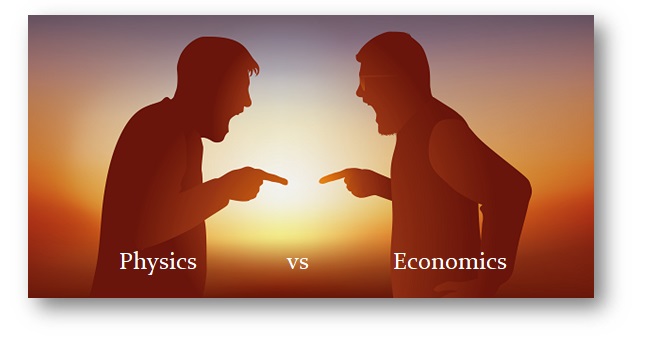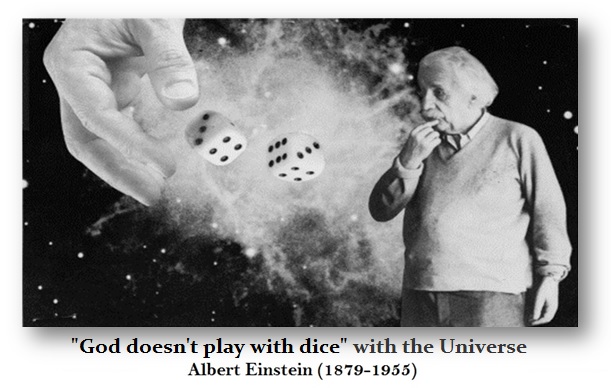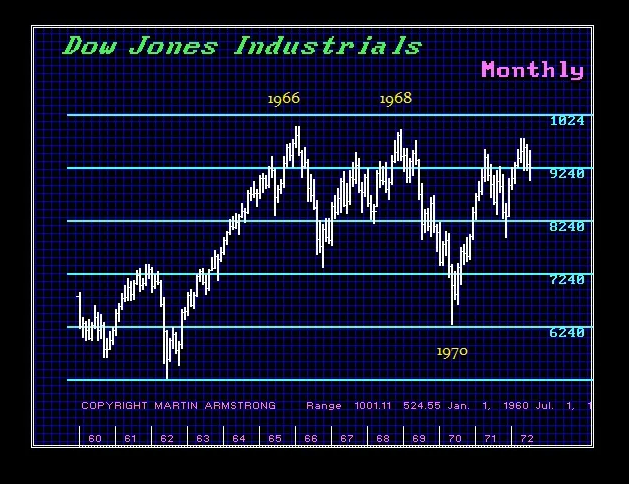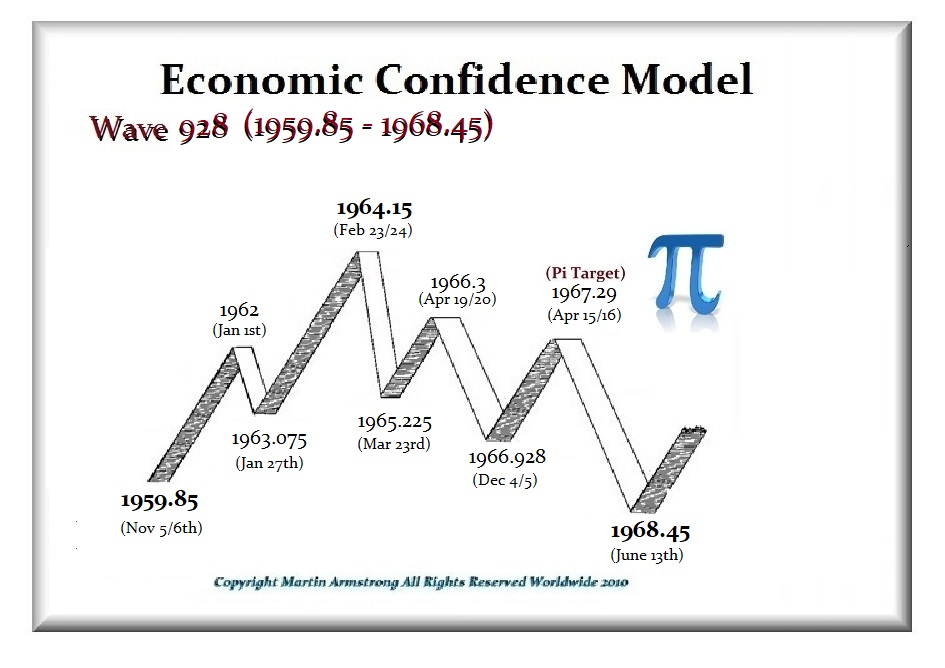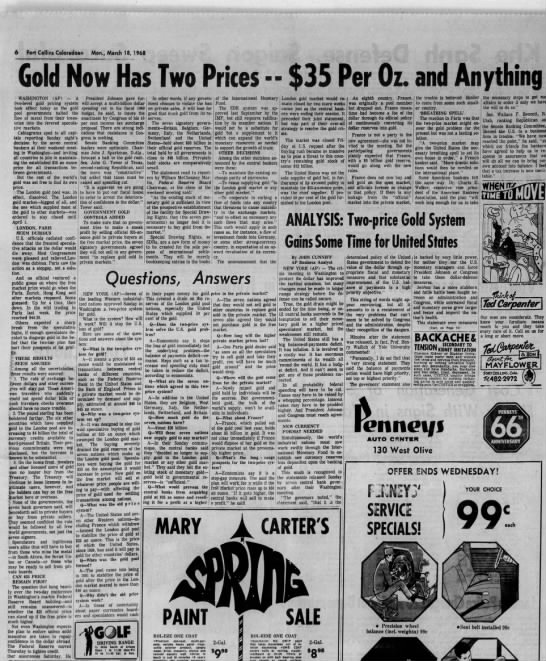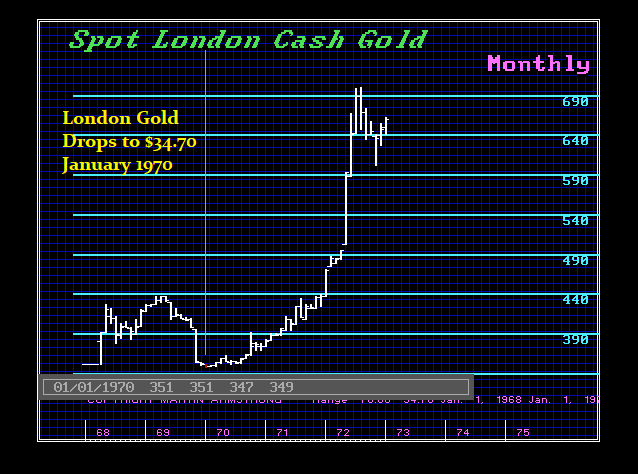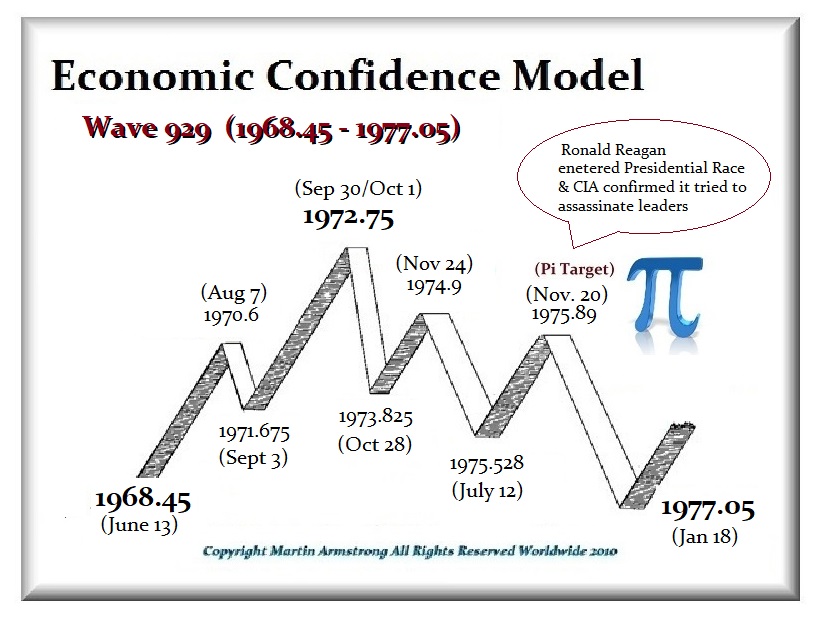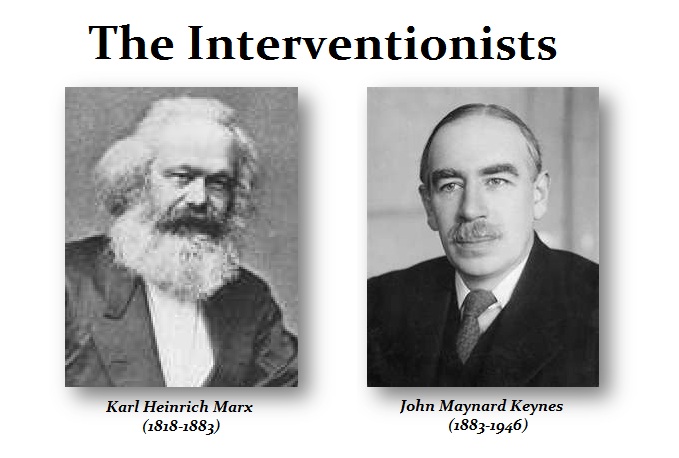July 12, 2024 | Physics vs Economics

QUESTION: Mr. Armstrong, I find it remarkable that your model has always been correct in predicting the economy’s direction. This latest US inflation number shows that it was subsiding, cooling down to the slowest pace since 2021, right in turn with your Economic Confidence Model. Treasuries rallied on expectations that the Fed might cut rates. It seems so obvious to a blind man that your model has done what no economist has been able to do for decades. Why does academia refuse to credit you for your discovery?
SH
ANSWER: The 1960s was a wild time when I was still in high school. In Economics class, they said everything is random, and there is no definitive business cycle, so we can manipulate the economy to prevent recessions. That was the Keynesian economics. When I went to Physics class, they emphasized that nothing was random. I concluded the someone was not telling the truth and it seemed to be in the Economics class.
For you see, this was the period when the fixed exchange rate was collapsing. It was the end of Bretton Woods, and this was a confusing period for what people call today the “Everything Bubble.” Back during the 1960s, it was the “Everything Crash.” I saw everything rise to a peak and then crash from stocks and bonds to precious metals, real estate, and collectibles. This forged my understanding of the world economy, and everything was connected.
The pressure on Brettone Woods actually began with rising inflation. President Kennedy was forced to remove silver from the coinage starting in 1965. The last silver coins produced came with the peak of that ECM wave in 1964, and by 1968, that saw the first major crash in the gold standard.
Back then, the 1968 financial crisis forced the two-tier gold market where gold began to trade openly in London in 1968.
Gold rallied to $44, finally forcing the first crash in the gold standard. The solution was to allow a two-tier market, where the fixed rate was between countries, and the private market was allowed to float.
I remember well that in 1970, just BEFORE the fixed exchange rate collapsed in August 1971, gold fell on the London market to $34.70 BELOW the official fixed rate after it had risen to $44 in 1969, which forced the first crack in the fixed exchange rate system.
The pressure persisted, but gold fell below the official rate in 1970, and then, by August 1971, President Nixon was forced to close the gold window. In October 1973, the Organization of Arab Petroleum Exporting Countries (OAPEC) announced that it was implementing a total oil embargo against the countries that had supported Israel at any point during the 1973 Yom Kippur War.
It was the bias of academia in Economics that followed Marx and then Keynes. In both theories, economists advocated intervention. Thus, economists marketed themselves as all-powerful, and they could direct the government on how to better manage the economy to eliminate the business cycle.
STAY INFORMED! Receive our Weekly Recap of thought provoking articles, podcasts, and radio delivered to your inbox for FREE! Sign up here for the HoweStreet.com Weekly Recap.
Martin Armstrong July 12th, 2024
Posted In: Armstrong Economics












